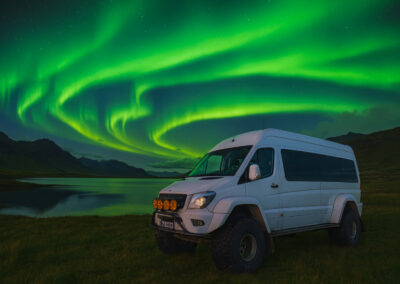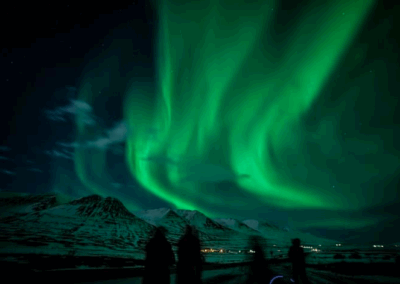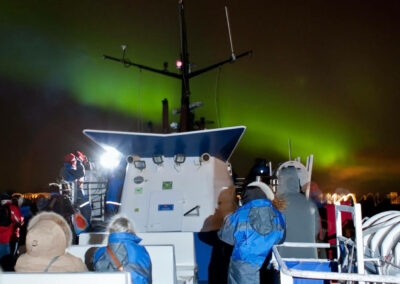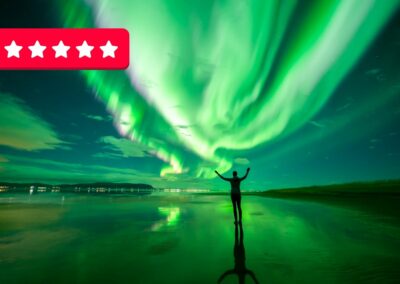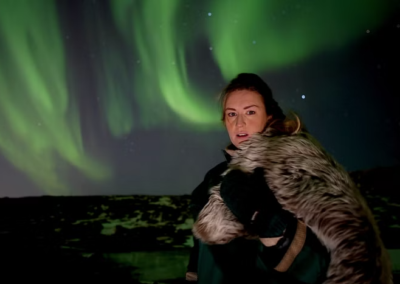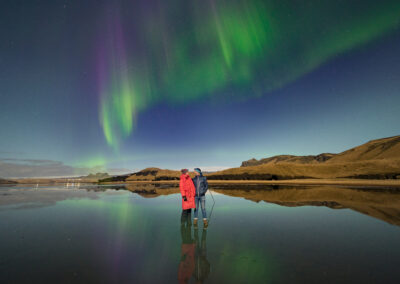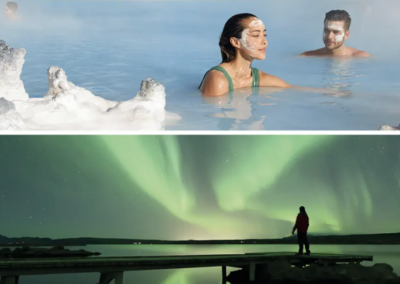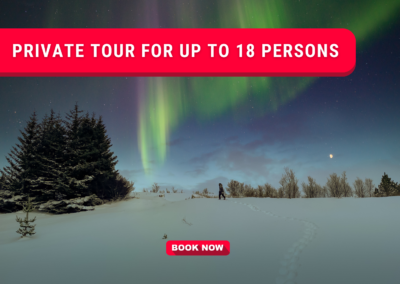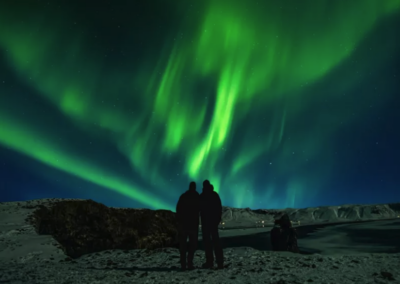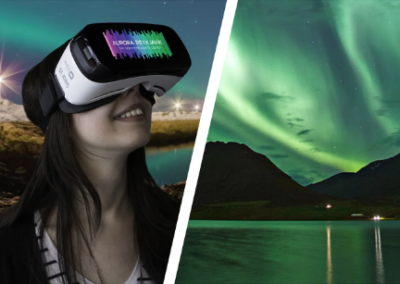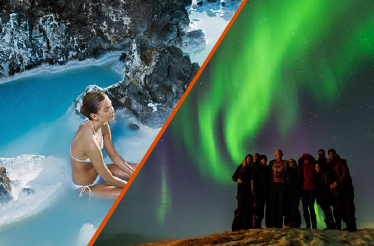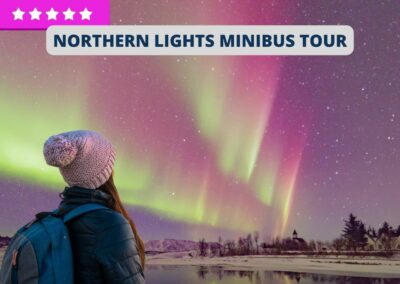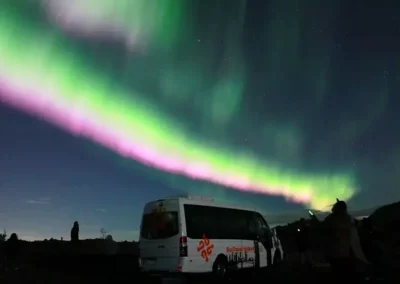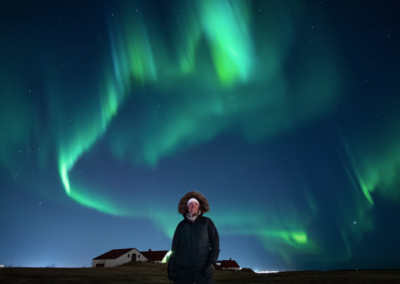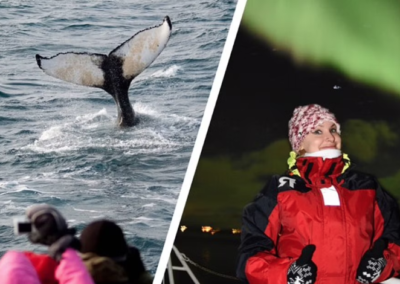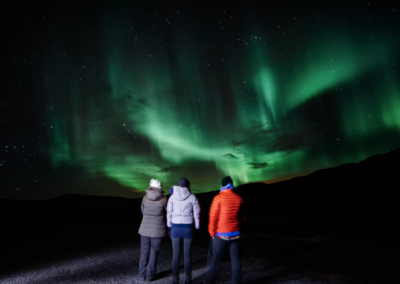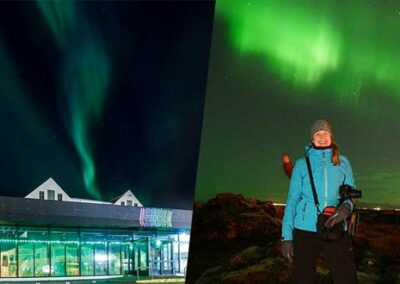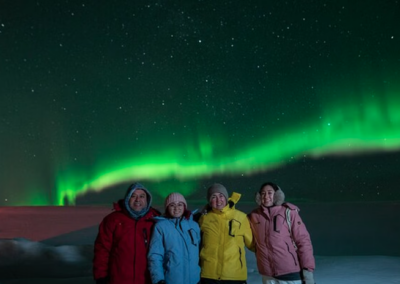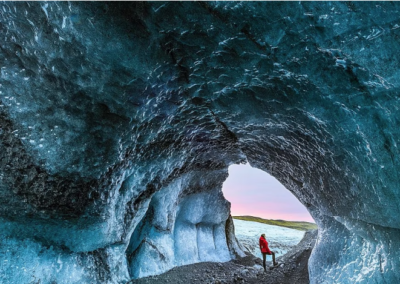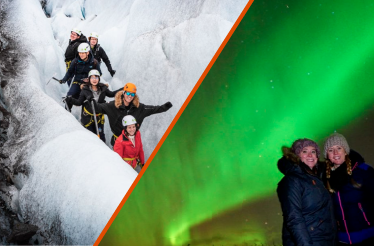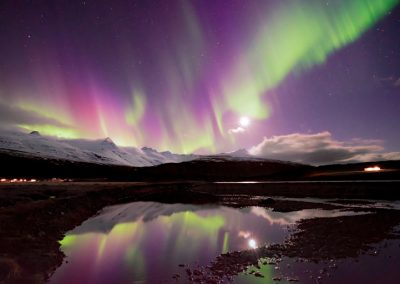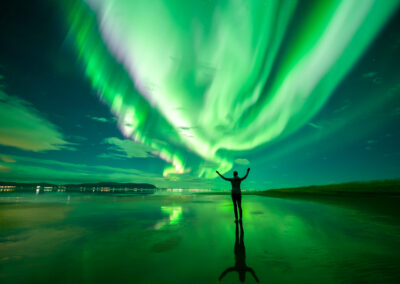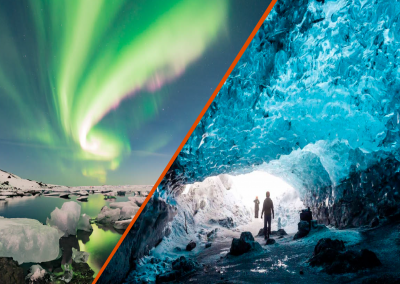5 Reasons why we love autumn auroras
Autumn is a great time to see the northern lights in iceland.
Of all the questions that we get about the Northern Lights, one truly leads the pack: When is the best time to observe the Aurora Borealis?
Cominciamo a sfatare il mito più comune sull’aurora boreale:
“L’aurora può essere vista solo in inverno, quando fuori fa molto freddo.”
Tutti i paesi situati sotto il cosiddetto ovale aurorale, ovvero la regione in cui è possibile osservare regolarmente l'aurora boreale, si trovano a latitudini artiche e subartiche e non godono quindi di temperature tropicali tutto l'anno.
Ma l'aurora si verifica molto al di sopra del nostro sistema meteorologico e non è influenzata dalle temperature terrestri.
La verità è che per vedere l'aurora boreale è necessario un cielo terso e che le notti terse sono solitamente più fredde di quelle nuvolose, ma non esiste un vero collegamento tra il freddo e le aurore boreali.
Alle latitudini polari, le aurore possono apparire in qualsiasi notte buia. Ecco perché le aurore non sono visibili durante i mesi estivi in Islanda, quando il sole di mezzanotte e la conseguente mancanza di oscurità le fanno svanire.
In conclusione, la stagione dell'aurora in Islanda inizia verso la fine di agosto e termina a metà aprile, e se si visita per qualche giorno durante questo periodo, si avranno buone possibilità di successo.
However, any period within the Aurora season has its own peculiarities, and as Northern Lights photographers, we have a clear winner:
We love the aurora of the fall.
And here is why:
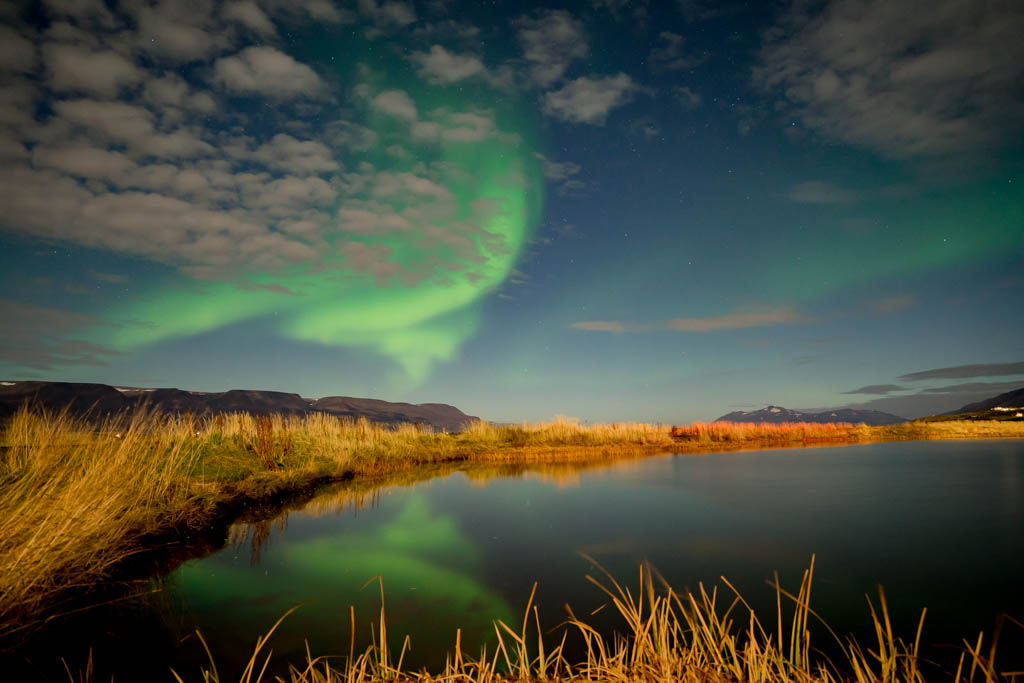
-
I colori dell'estate islandese
Iceland in fall is simply beautiful – naturally painted blueberry bushes, birch trees and arctic moss under the powder sugar covered mountain tops are the perfect scenery to observe the first northern lights displays of the season.
2. Le temperature sono ancora ragionevoli
Yes, it’s Iceland, and observing the Northern Lights come for a price: it can be
But in September, temperatures usually don’t reach beneath 0°C yet, making it the perfect time to spend the night out under the Arctic sky – and maybe even taking a bath in one of our countless hot springs and
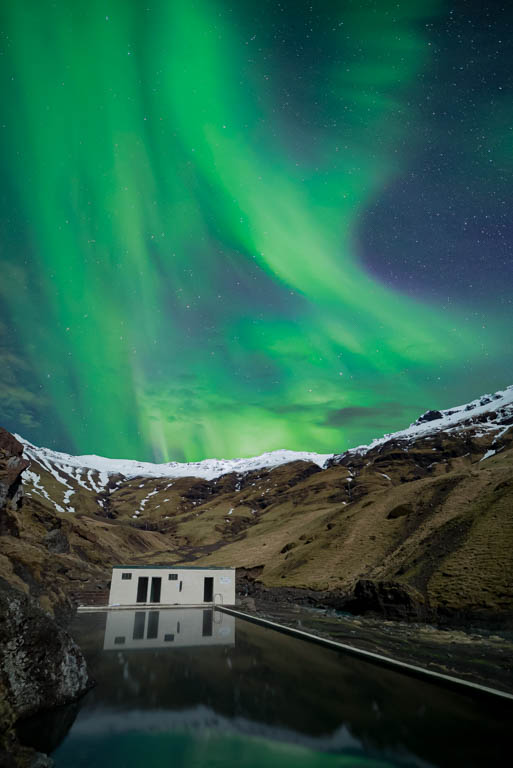
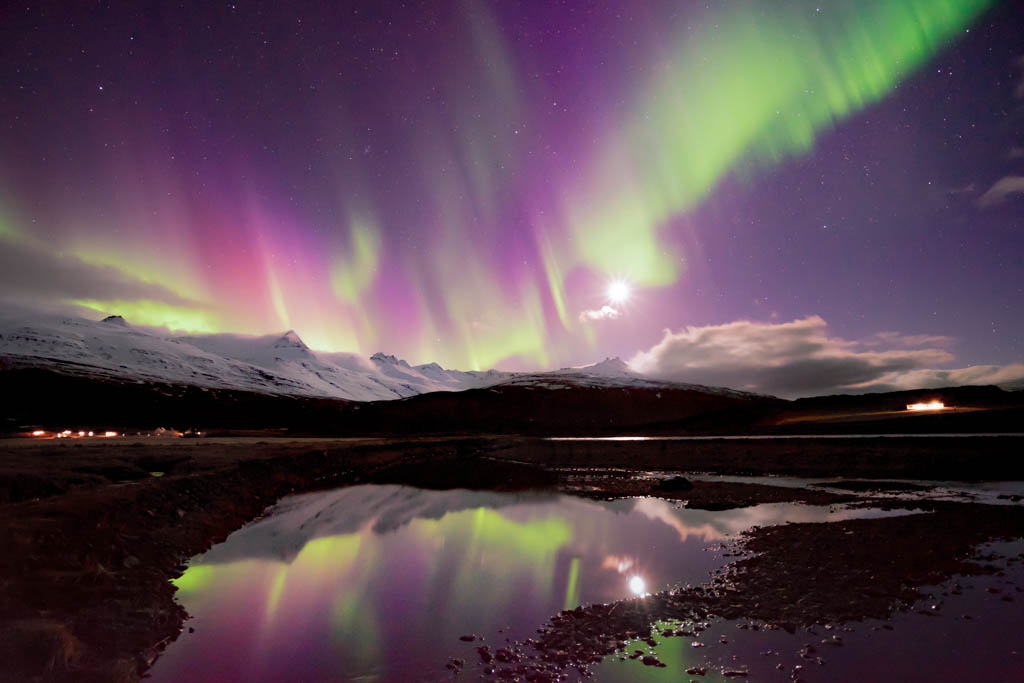
3. Auroras love Equinoxes
Summer officially turns to autumn around 21-23 September each year, marking the autumn equinox. While the aurora borealis is visible from late August, it is the equinox that gives this cosmic light show an extra boost often producing some of the best northern light activity.
4. Lakes and Ponds are not frozen yet…
… which increases the number of potential locations for beautiful reflection shots.
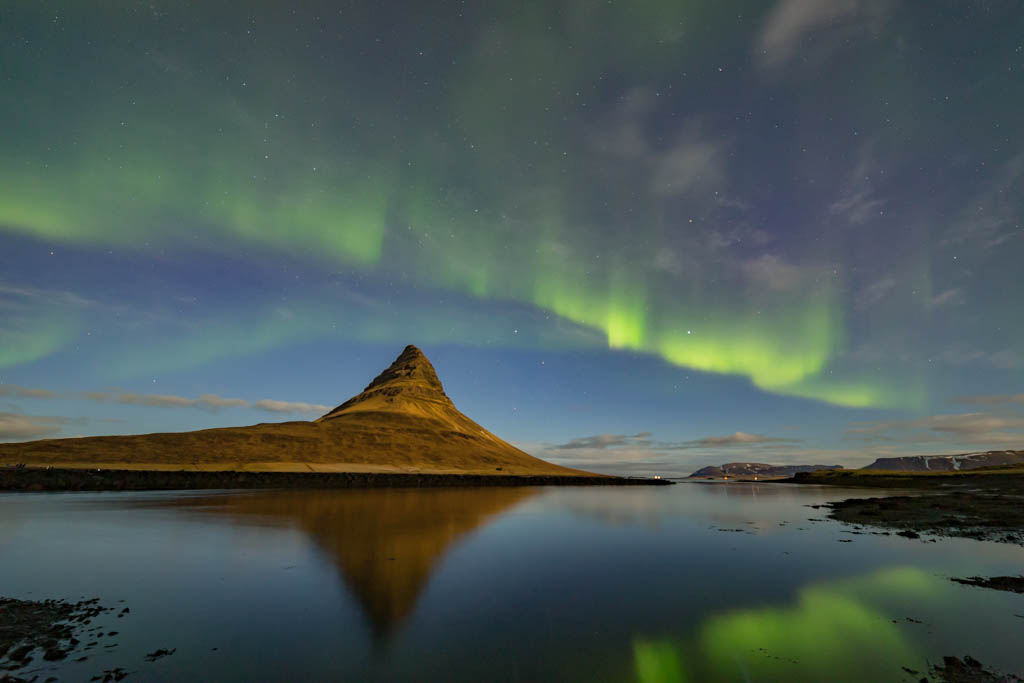
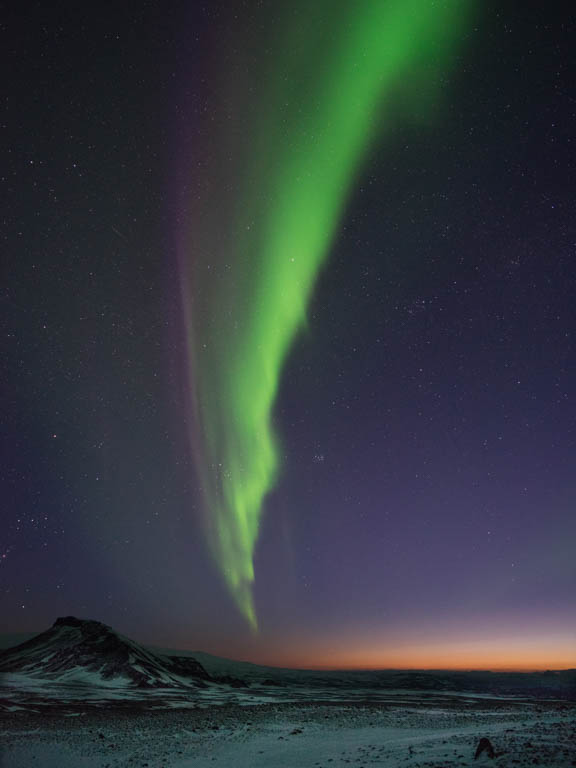
5. Twilight Auroras are the most stunning
The sun is still setting late in September, giving the chance of observing amazing twilight auroras. When the auroral activity is high, the northern lights often start dancing right after sunset, when the sky is still lit up in beautiful dark blue and orange colors at the horizon.
Compra il biglietto, parti all'avventura. Qui trovi la nostra selezione di tour:

